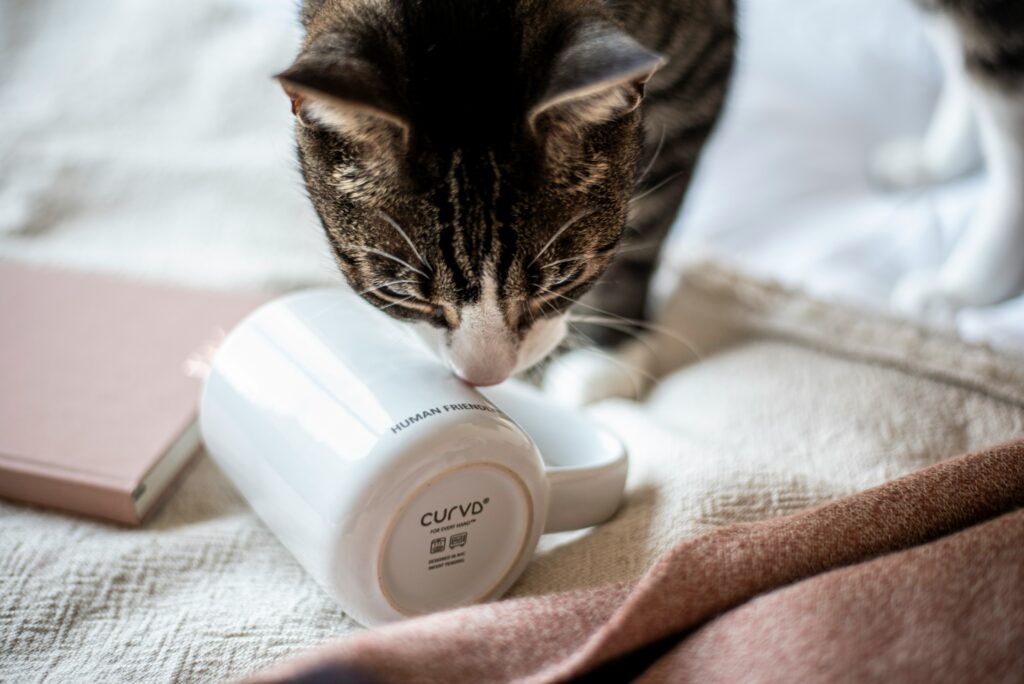Why Pet Insurance Is Worth Considering
Veterinary care has advanced significantly in recent years, offering more treatments, diagnostics, and specialized procedures than ever before. While this is great news for pet owners, it also means vet bills are getting more expensive—and fast.
So, Why Are Vet Costs Rising?
Several key factors are driving up the price of veterinary care:
- Advanced Treatments: Modern vet clinics now offer MRIs, chemotherapy, dental surgery, and more, which increases cost.
- Specialist Access: Referrals to veterinary specialists—such as oncologists or neurologists—often come with higher fees.
- Post-Pandemic Demand: The spike in pet adoptions has increased demand for services, putting pressure on prices.
- Inflation and Staffing Costs: Just like human healthcare, rising operational and staffing costs impact veterinary clinics.
Accidents and Illnesses Happen—Are You Prepared?
Even a routine check-up can lead to surprise expenses, but more serious incidents can set pet owners back thousands. Common issues include:
- Broken bones from accidents
- Chronic conditions like diabetes or arthritis
- Surgeries for blockages or injuries
- Emergency care following toxic ingestion
Pet insurance acts as a financial buffer, helping you manage these unexpected costs without tapping into savings or accumulating debt.
Peace of Mind vs. Out-of-Pocket Panic
One of the biggest benefits of having pet insurance? Peace of mind.
- Know that you can afford treatment when your pet needs it most
- Make care decisions based on what’s best—not just what you can afford
- Reduce stress in already emotional situations
Insurance doesn’t erase the cost of responsible pet ownership, but it can make managing those costs a lot more predictable. For many pet parents, that peace of mind is worth every monthly premium.
How Pet Insurance Works
Pet insurance might sound complicated, but the basics are pretty straightforward. First, you pay a monthly premium—that’s your cost to keep the policy active. Then there’s the annual deductible, which is the amount you have to spend out of pocket each year before your coverage kicks in. Once you’ve hit that deductible, the company reimburses a percentage of your vet bills, usually between 70% and 90%, depending on your plan.
Most plans cover the big stuff: accidents, illnesses, surgeries, diagnostic tests, and prescriptions. Some even throw in basic wellness care like vaccines or annual check-ups, but that usually costs extra.
What doesn’t get covered? Pre-existing conditions are off the table in almost every policy, so if your pet already has an issue, don’t expect help with that bill. Cosmetic procedures—think tail docking or ear cropping—are also excluded. Basically, if it’s not necessary for your pet’s health, insurers won’t touch it.
Keep in mind: policies vary a lot, so always read the fine print.
Choosing the Right Policy
Not all pet insurance plans are built the same, and picking the right one comes down to looking closely at how the details stack up.
Coverage limits are your ceiling—some policies cap payouts annually or per condition, while others offer unlimited coverage. Unlimited sounds ideal, but it usually comes at a higher monthly cost. Check what cap feels realistic for your pet’s breed and age.
Waiting periods act like a grace period after signing up. There’s usually a delay before coverage kicks in—commonly 14 days for illness, less for accidents. If your pet gets sick during that window, it’s not covered. These aren’t negotiable, but knowing them helps you plan.
Choice of vet is a simple box to check. Most pet insurance providers let you use any licensed vet in the U.S., but don’t assume. Especially if you rely on a specialist or local clinic, double-check.
Before buying, ask:
- What’s the reimbursement rate? (70%, 80%, 90%?)
- What’s the deductible—annual or per condition?
- Are chronic conditions covered for life, or just the policy year?
- How do premiums increase as pets age?
Need a real-world example? A single emergency surgery for a swallowed sock can cost upwards of $3,000. One Boston terrier owner with insurance paid $350 out of pocket—the rest was reimbursed. On the flip side, wellness visits for that same year weren’t covered, and cost her another $500. So, it’s not always a full win—but it can blunt the big hits.
Pet insurance doesn’t eliminate costs, but it can prevent serious financial strain. Choose a policy that matches your risk comfort zone, not just the one with the flashiest perks.
Common Misconceptions
Some myths about pet insurance just won’t quit—so let’s cut through the noise.
First, no, pet insurance isn’t just for animals that are already sick. In fact, many policies won’t even cover pre-existing conditions. The real value comes from being prepared before something goes wrong. Accidents, allergies, chronic issues—these things hit fast and hard. Insurance gives you a way to stay ahead of a crisis instead of scrambling during one.
Second, the price. Yes, there’s a monthly cost. But so does every kind of risk protection worth having. A broken leg can run over $3,000. Even minor diagnostic work adds up fast. Paying $30 to $50 a month can feel steep until it saves you from maxing out a credit card or draining savings. It’s not about whether you’ll use it every year—it’s about being ready for the years you do.
And finally, breed matters. A French bulldog with airway issues? A retriever prone to joint problems? Insurance companies know which breeds come with built-in risks—and your wallet should too. Understanding your pet’s genetic vulnerabilities is key to choosing the right level of coverage before health problems show up.
Bottom line: Pet insurance isn’t a scam, an extravagance, or a last-resort. It’s a proactive tool. And like most tools, it works best when you actually use it strategically.
Tips for Getting the Most from Your Plan
Keeping your pet insurance plan working for you doesn’t take much—just a bit of diligence.
Start with detailed vet records. Every visit, every shot, every diagnosis—it should all be documented and stored where you can access it fast. Some insurance providers even have apps or portals where you can upload this info directly. The cleaner your records, the smoother your claims.
Speaking of claims, don’t sit on them. Submit as soon as you’ve got what you need—the vet bill, treatment summary, and any forms your provider requires. The faster you file, the quicker you get reimbursed. Delays can mean long waits or denied claims.
Finally, read the fine print at renewal time. Insurers can adjust your rates annually, especially if your pet’s had pricey treatments. Understand what’s changing and make sure the new terms still make sense for your budget and coverage needs.
Stay organized, act quick, and pay attention—those three habits alone can help you get the most out of what you’re paying for.
When Pet Insurance Might Not Be Necessary
Pet insurance isn’t for everyone. If you’ve already built a reliable emergency savings fund, you may be in a position to handle surprise vet bills on your own. It’s not just about having money—it’s about knowing you’ve got a buffer to cover those sudden $2,000 surgery quotes without scrambling.
Older pets with multiple pre-existing conditions are another gray zone. Most insurance plans won’t cover treatments tied to long-standing issues. At that point, the monthly premiums may outweigh any real benefit. In some cases, you’re just paying to be told “not covered.”
Still want some structure without going full-insurance? Wellness plans and vet discount programs offer another way. They won’t cover emergencies, but they can help with routine checkups, vaccinations, dental cleanings, and basic screenings. Think of them as preventive care subscriptions—they won’t save you from catastrophe, but they’ll make annual care more manageable.
Bottom line: pet insurance is a tool—not a requirement. If the numbers or situation don’t make sense, there are other ways to stay prepared.
The Bottom Line
Pet insurance isn’t magic—but it can be a solid safety net. The pros: it cushions you from surprise vet bills, helps you make care decisions based on what’s best for your pet—not what you can afford that week—and gives peace of mind as your animal gets older. The cons: premiums add up, not everything is covered, and if your pet stays healthy, you might not feel the value right away.
This is not a plug-and-play decision. It depends on your pet’s age, health history, lifestyle, and your own financial cushion. Some people are better off with an emergency savings fund; others want the predictability of bite-sized monthly payments. Either camp is fine—it all comes down to what makes you sleep easier at night.
Think long term. Vet costs are rising, and pets live longer than ever. Insurance won’t solve everything, but it can buy you time, options, and a bit less stress in the tough moments.
Bonus Tip: Want to pamper your pet without breaking the bank? Check out our guide to DIY Pet Toys: Easy and Affordable Projects.


 Susana Richersonear writes for pethubnest focusing on digital tools, smart gadgets, and trends that make pet ownership easier. Her articles guide readers toward modern solutions for everyday pet needs.
Susana Richersonear writes for pethubnest focusing on digital tools, smart gadgets, and trends that make pet ownership easier. Her articles guide readers toward modern solutions for everyday pet needs.


